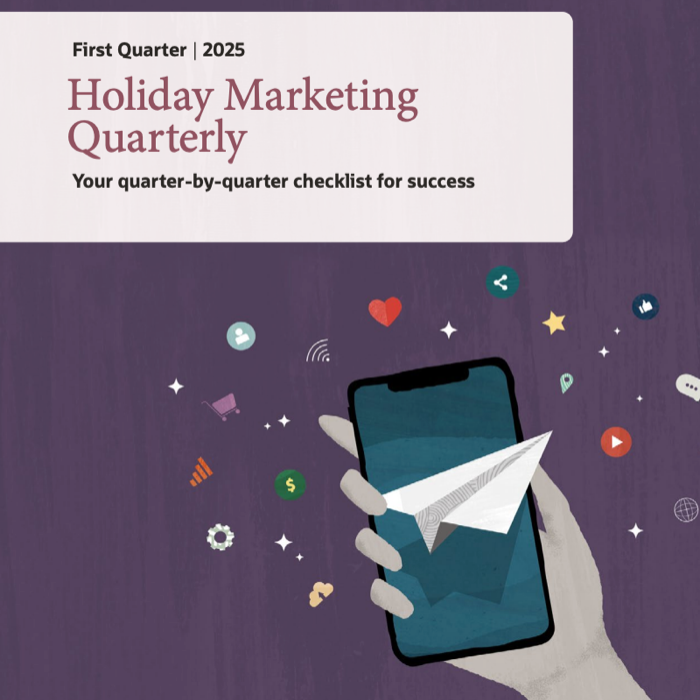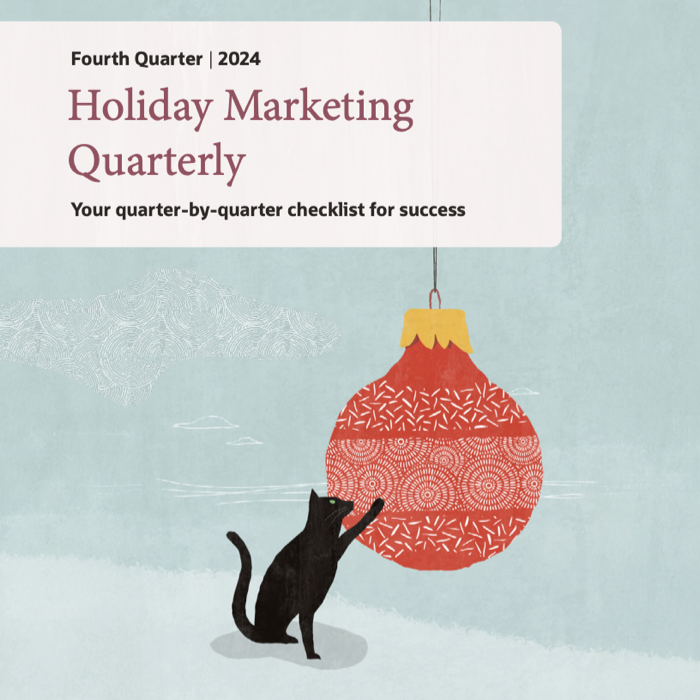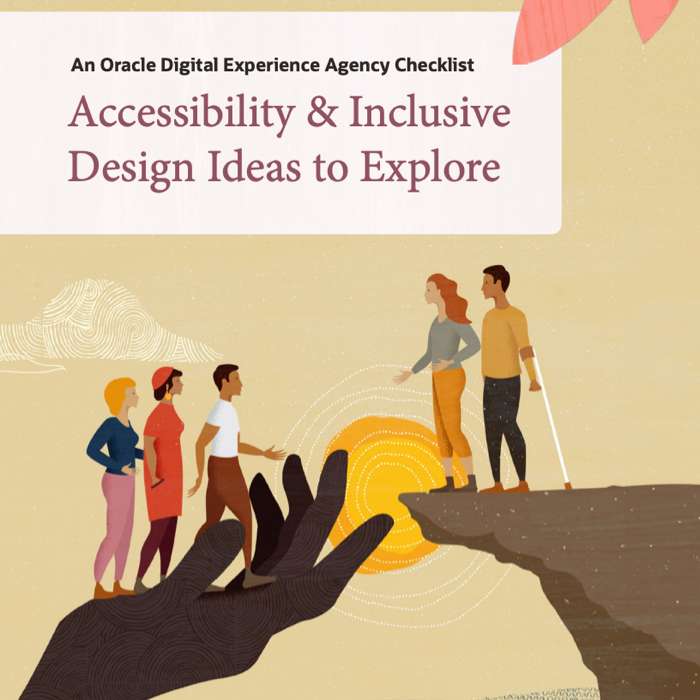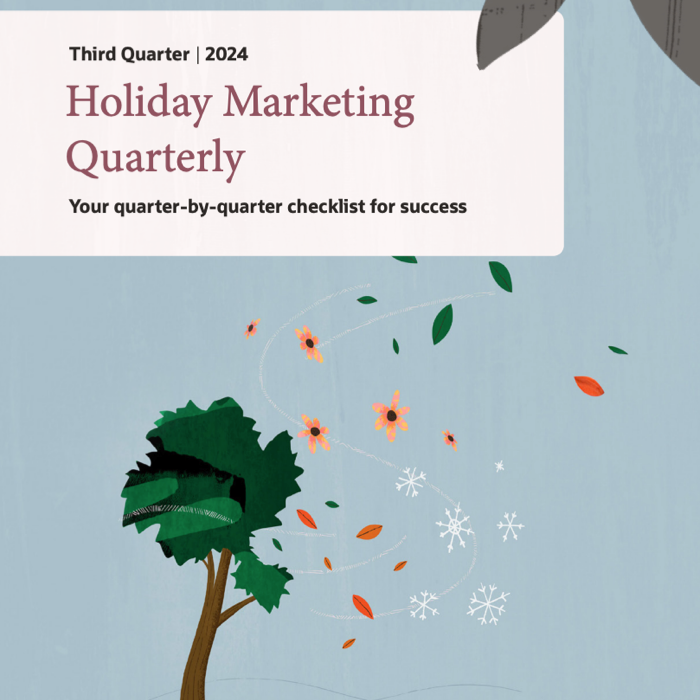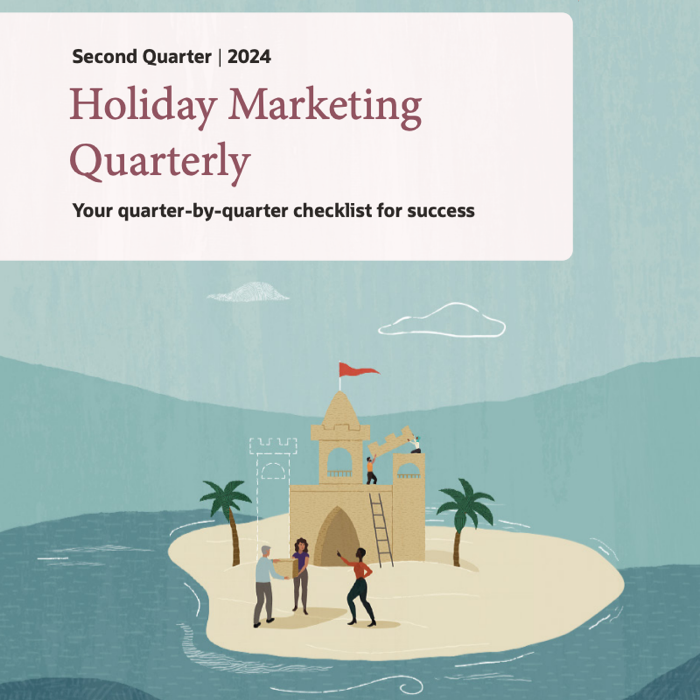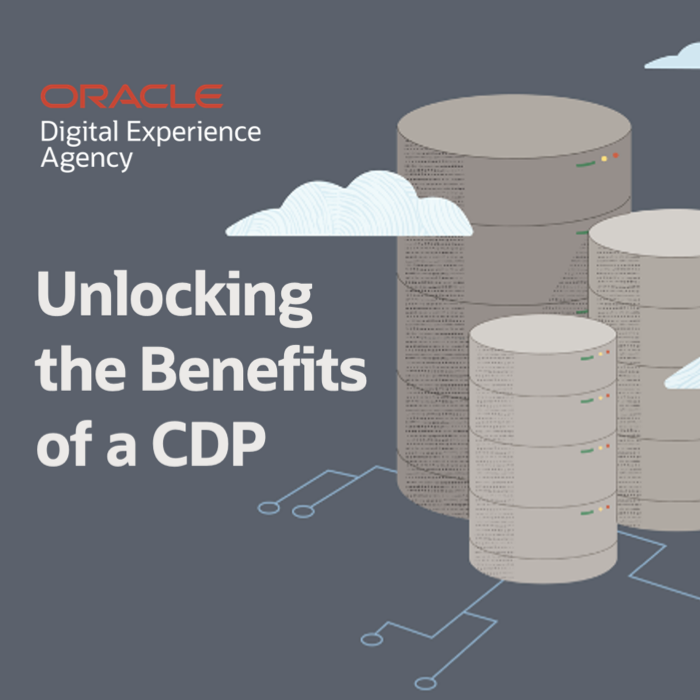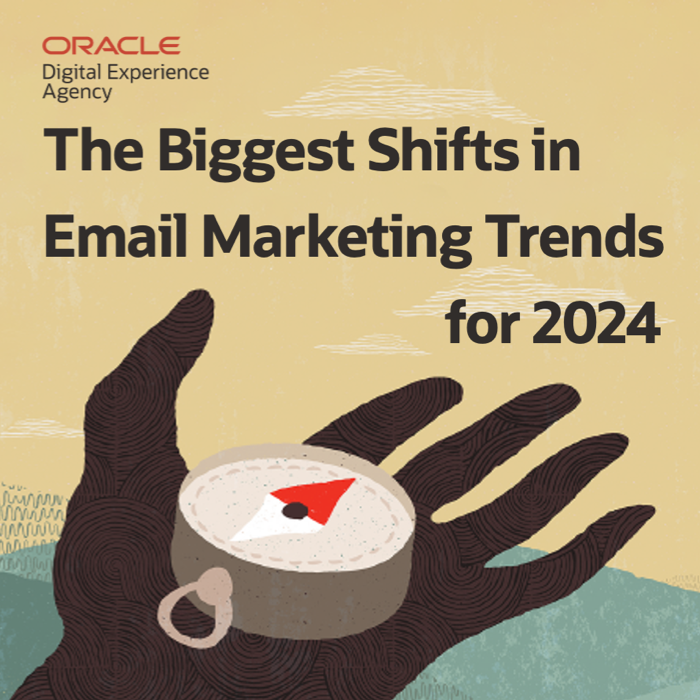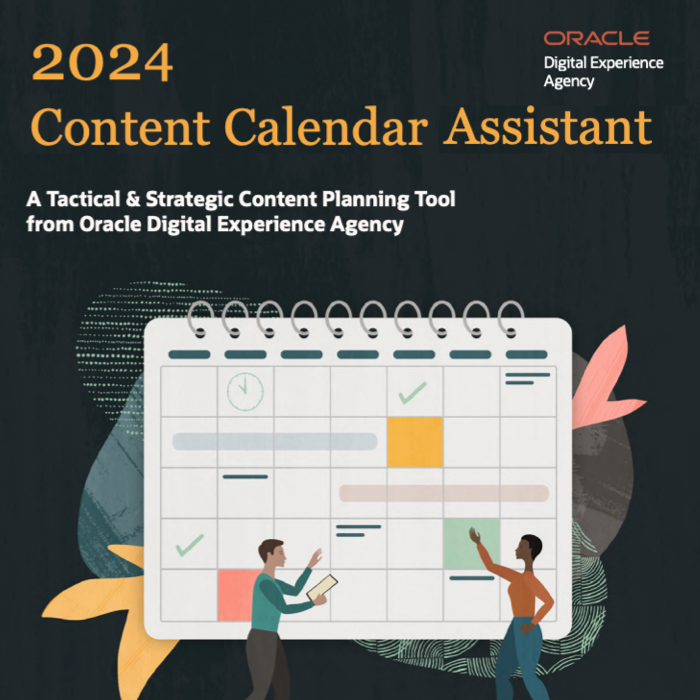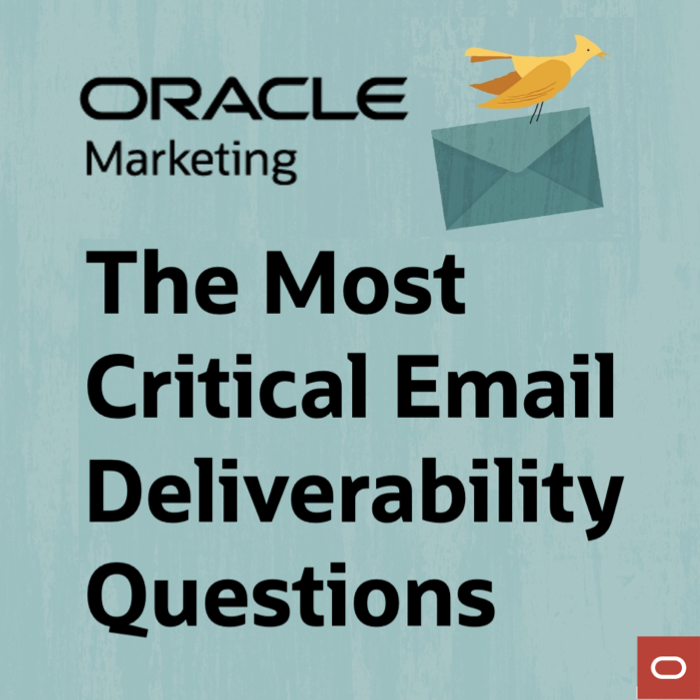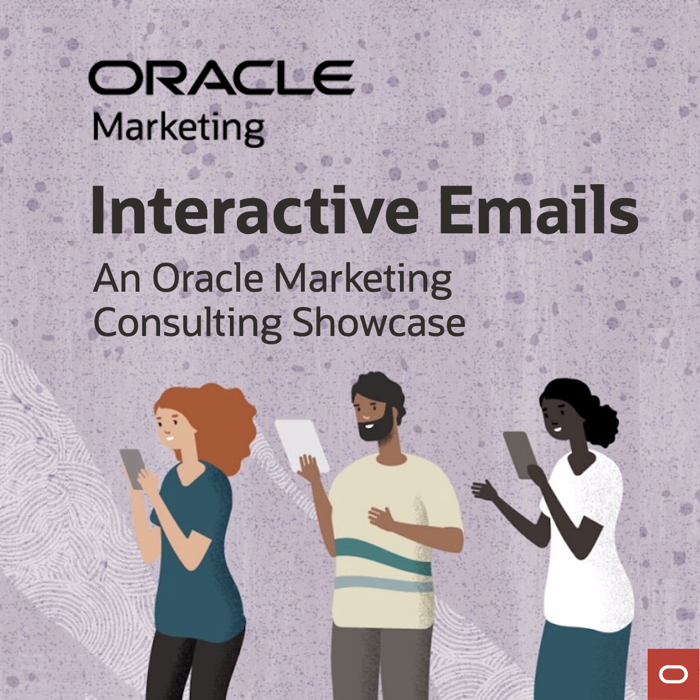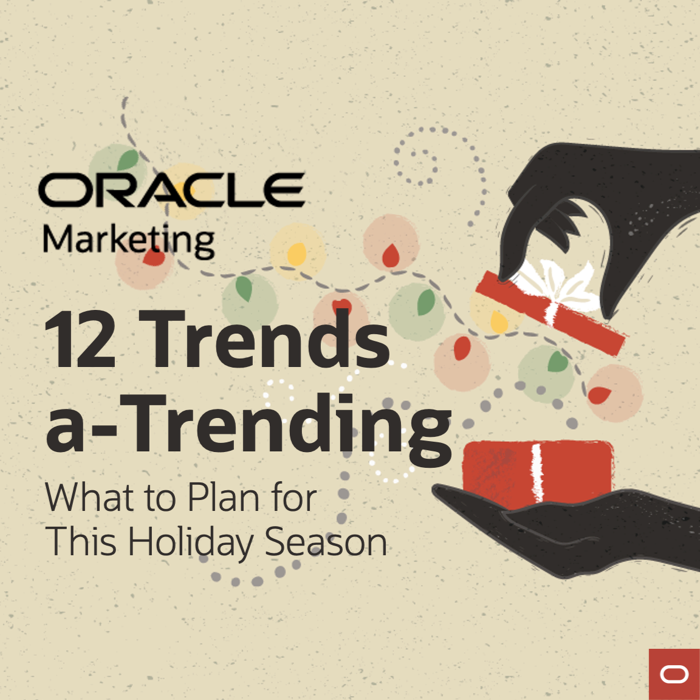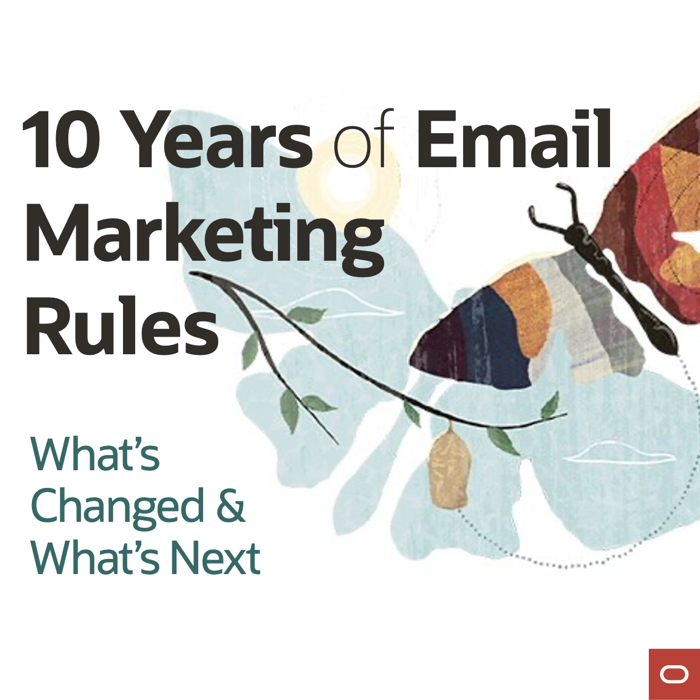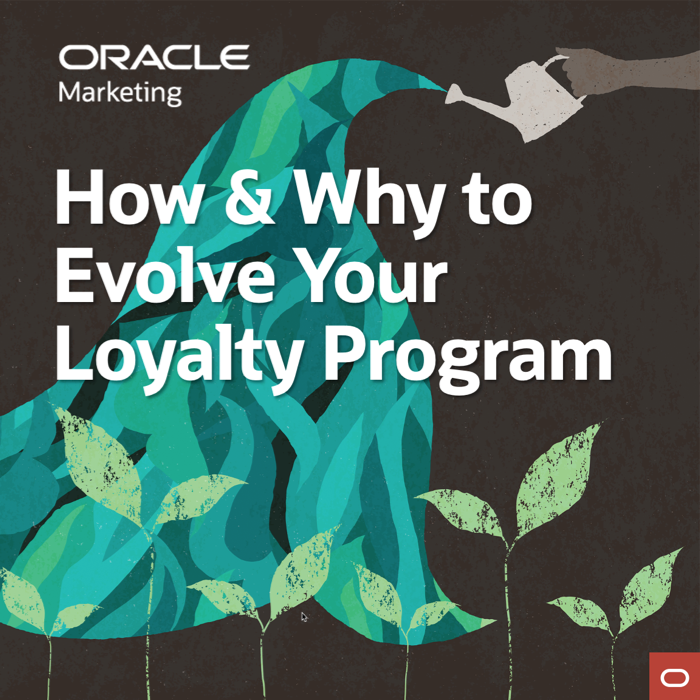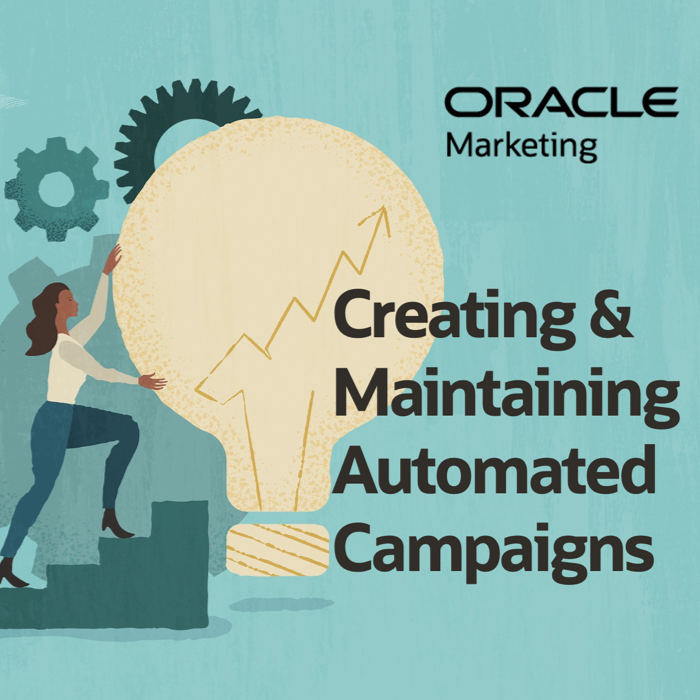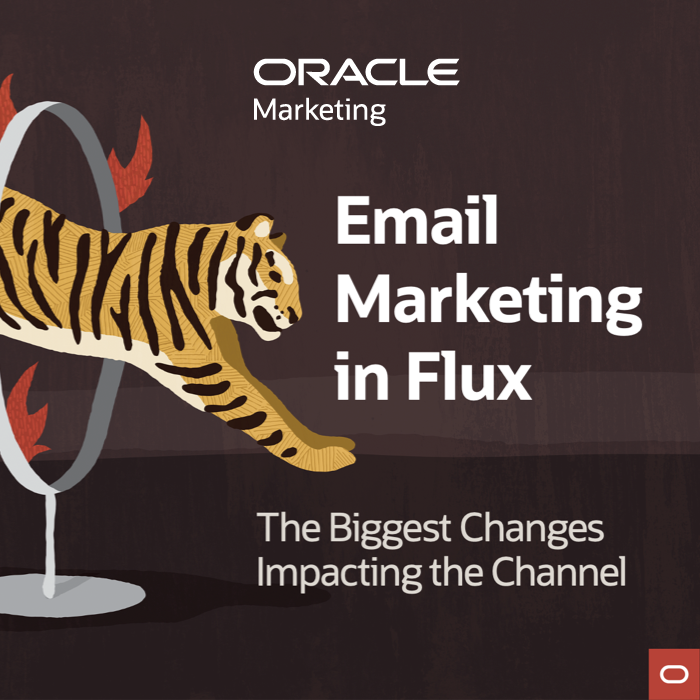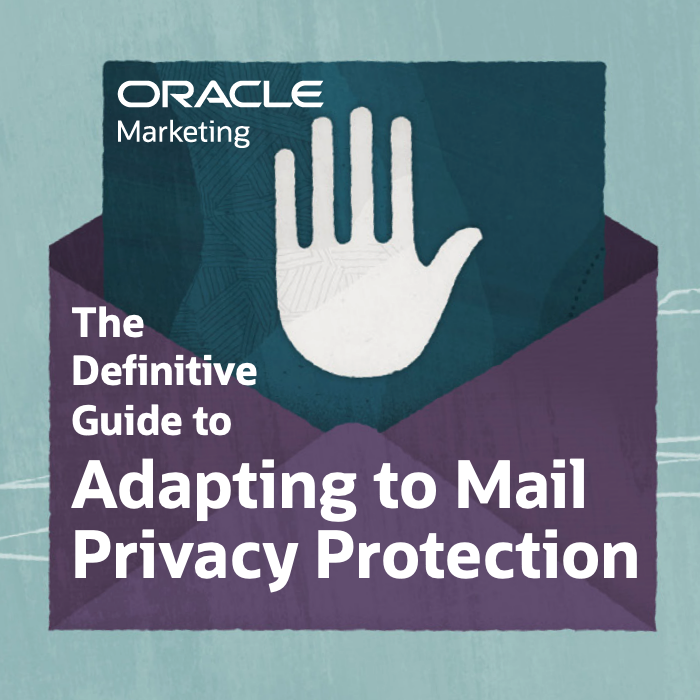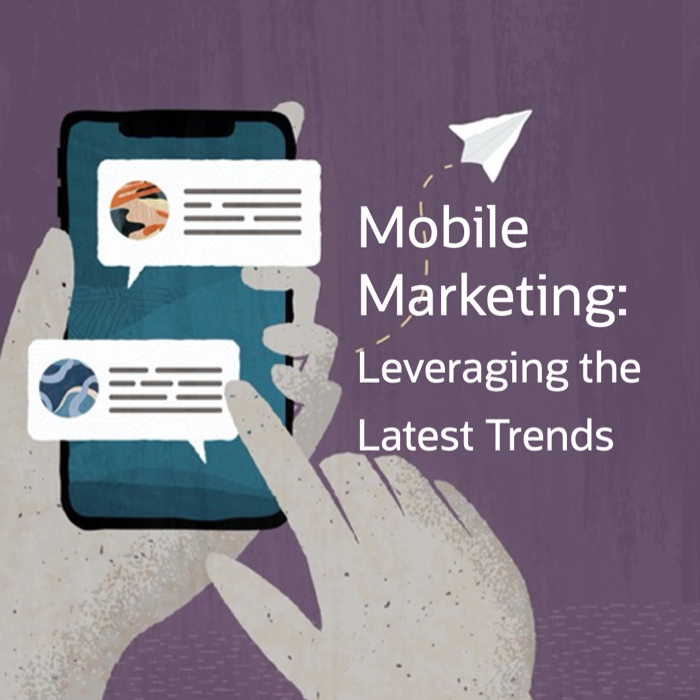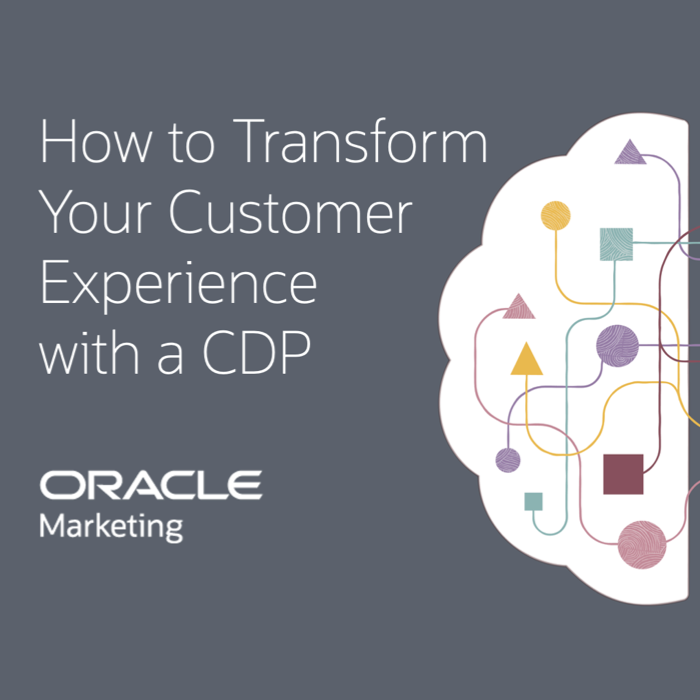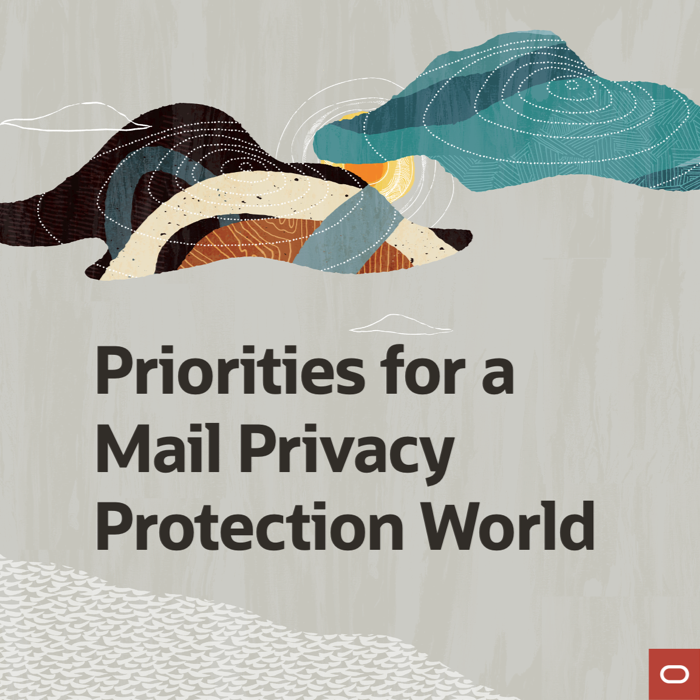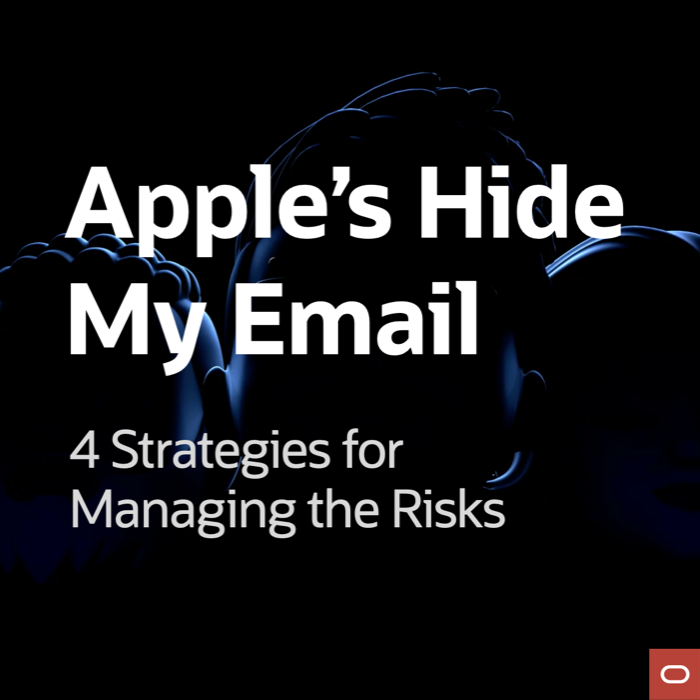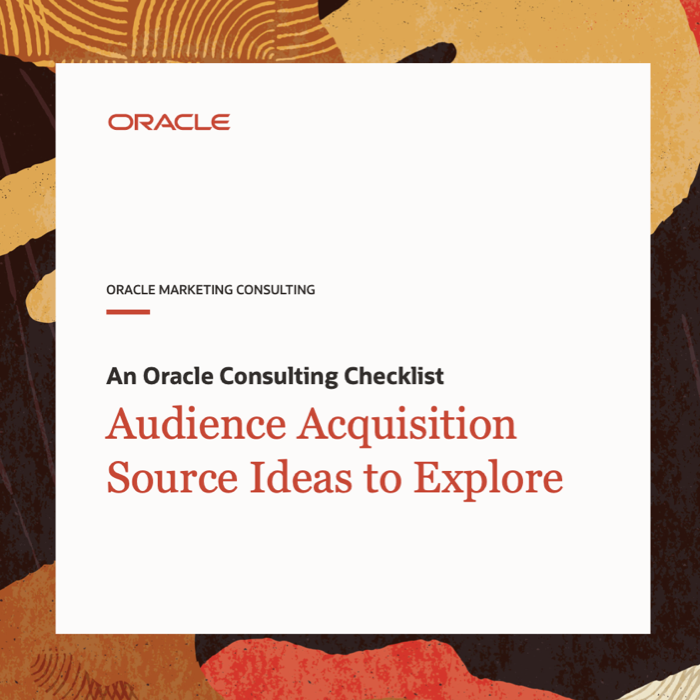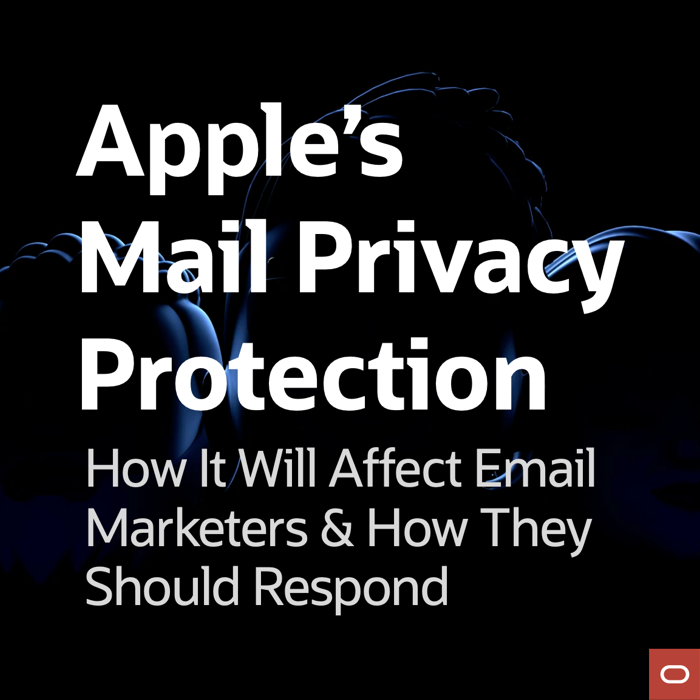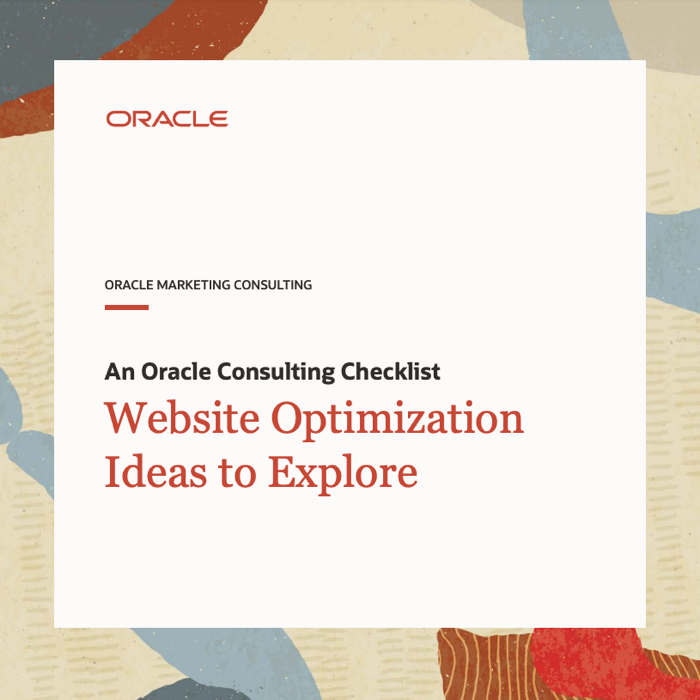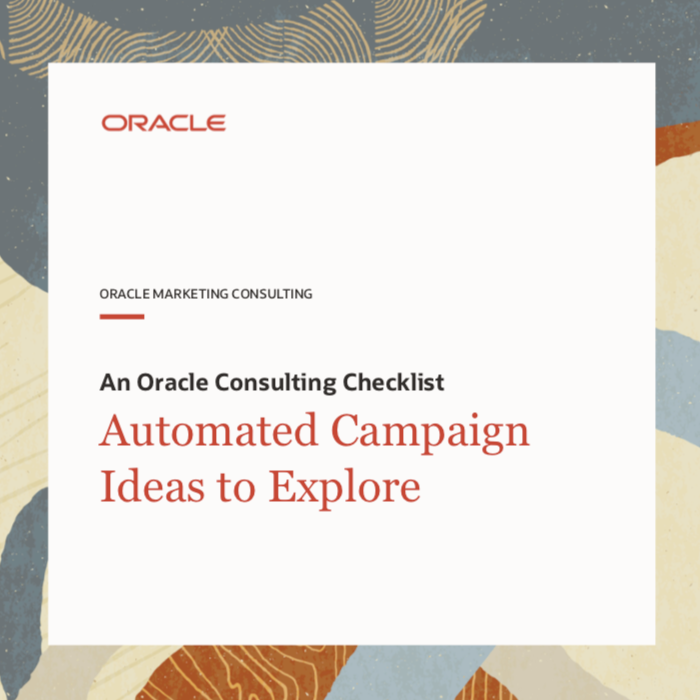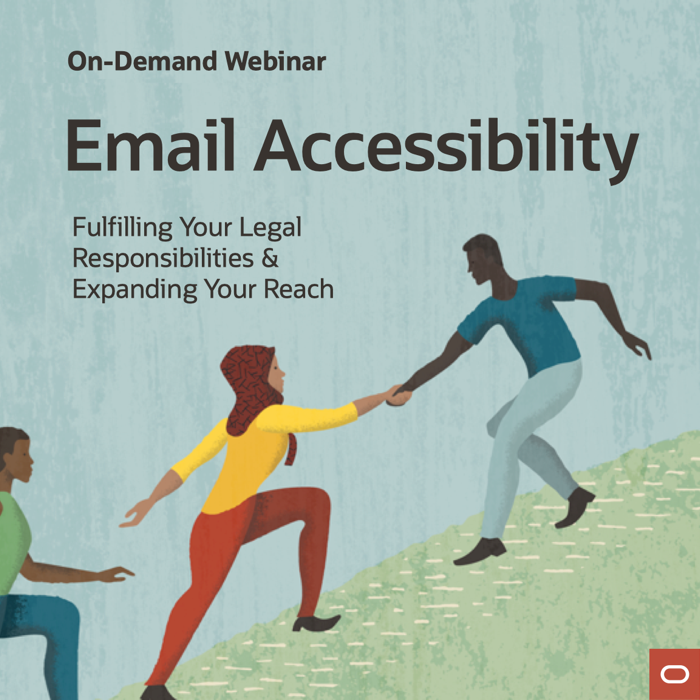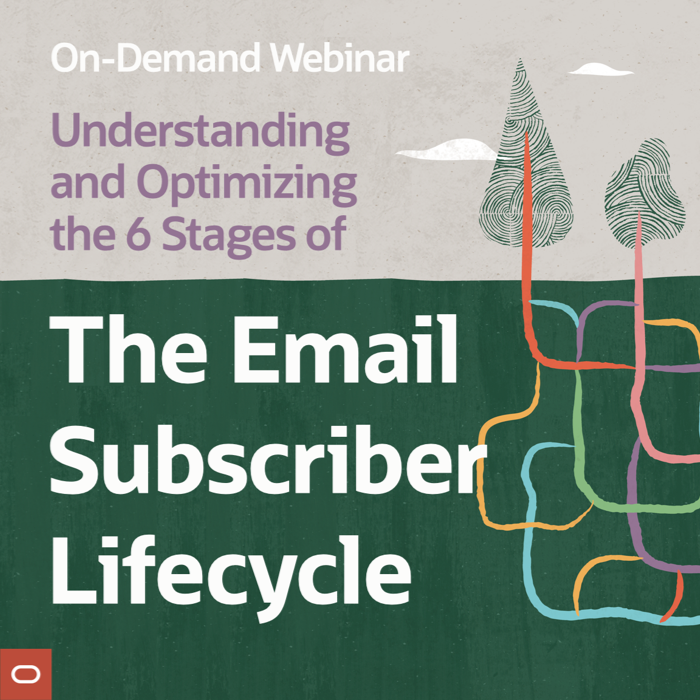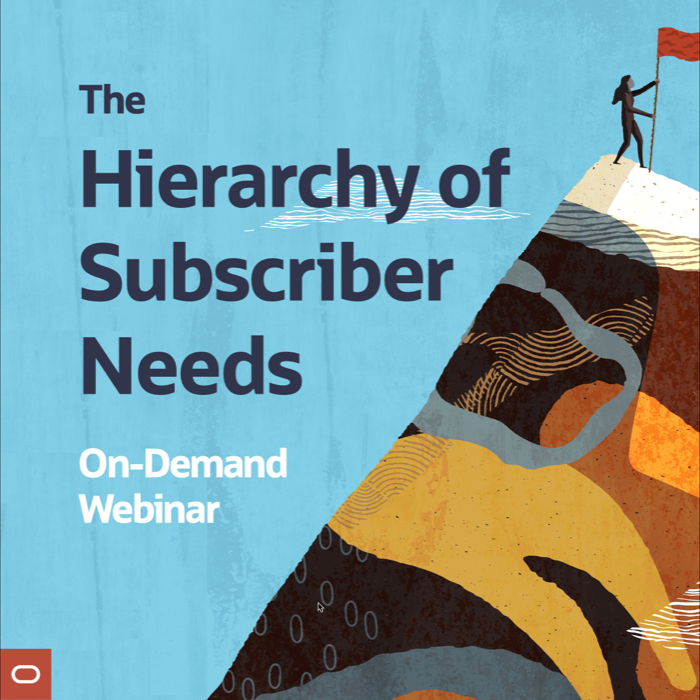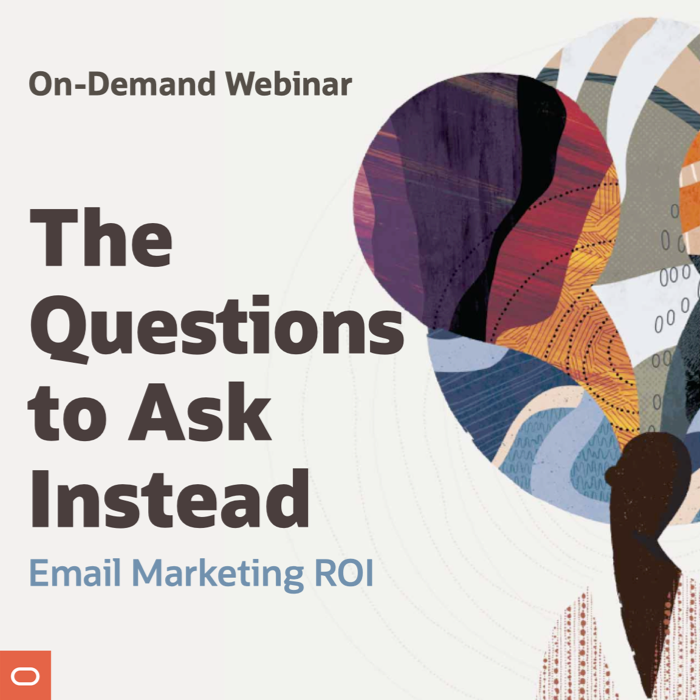10 Years of Email Marketing Rules: What’s Changed & What’s Next
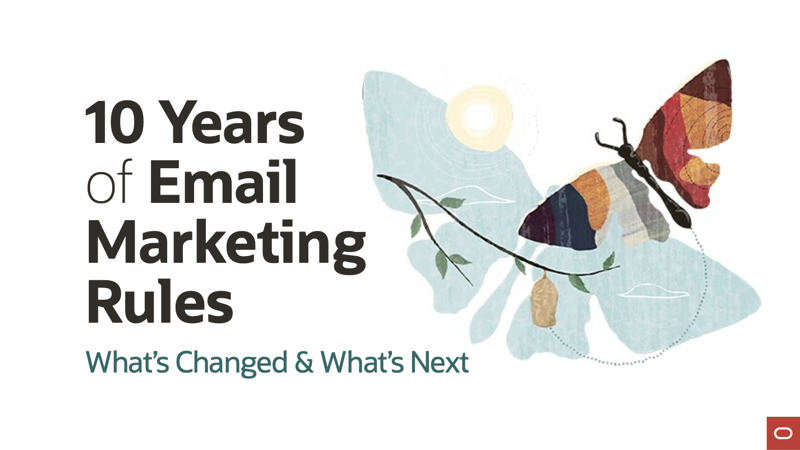
Anytime I see someone complain that email marketing is old and hasn’t changed in decades, it just confirms for me that they don’t know anything about email marketing. The truth is that the channel has changed dramatically.
These changes are top of mind for me personally as I just marked the 10-year anniversary of releasing the 1st edition of Email Marketing Rules by releasing an updated and greatly expanded two-volume 4th edition. As I note in the Preface of the 4th edition, the last 10 years have seen many changes, including:
- CASL, GDPR, and CCPA have all gone into effect
- Email can be read on smart watches or be read aloud by voice assistants
- Tabbed inboxes were introduced by Google, Microsoft, and others
- Marketers gained the ability to create interactive emails using CSS and AMP for email
- Rich preview content can be created using schema and Email Annotations
- Emails can be designed using modular email architecture
- Dark mode is an option in most inboxes
- New privacy features, such as Apple’s Mail Privacy Protection and the sunsetting of third-party cookies
- Artificial intelligence and machine learning have gained roles in selecting audiences, determining email content, picking send times, writing copy, and more
- Orchestration of email with other channels has become much easier and increasingly vital in order to deliver great customer experiences
- Cross-channel customer data can be centralized in customer data platforms (CDPs) and other systems
That’s a lot of change! And, frankly, much of that has transpired since the 3rd edition was published in 2017. More importantly, several of those changes are major contributors to three trends that be major drivers of the next 10 years of email marketing:
- Tighter privacy restrictions
- Better omnichannel orchestration
- More machine learning and AI
For a full discussion of each of those trends…
>> Watch this on-demand webinar on Oracle’s Modern Marketing Blog
 Email Marketing Rules
Email Marketing Rules